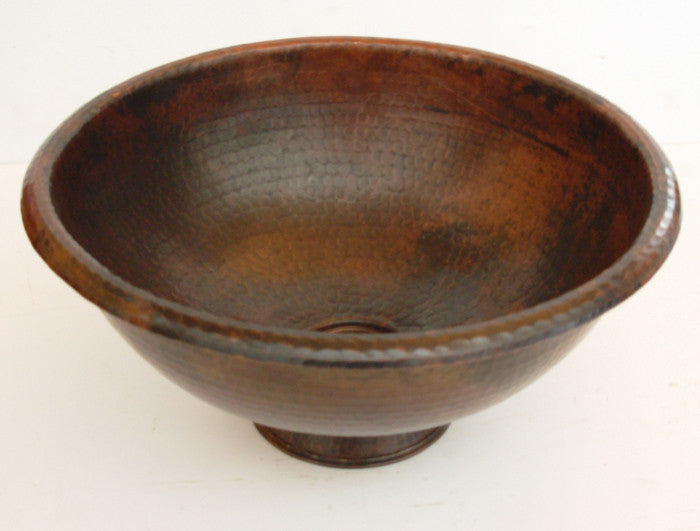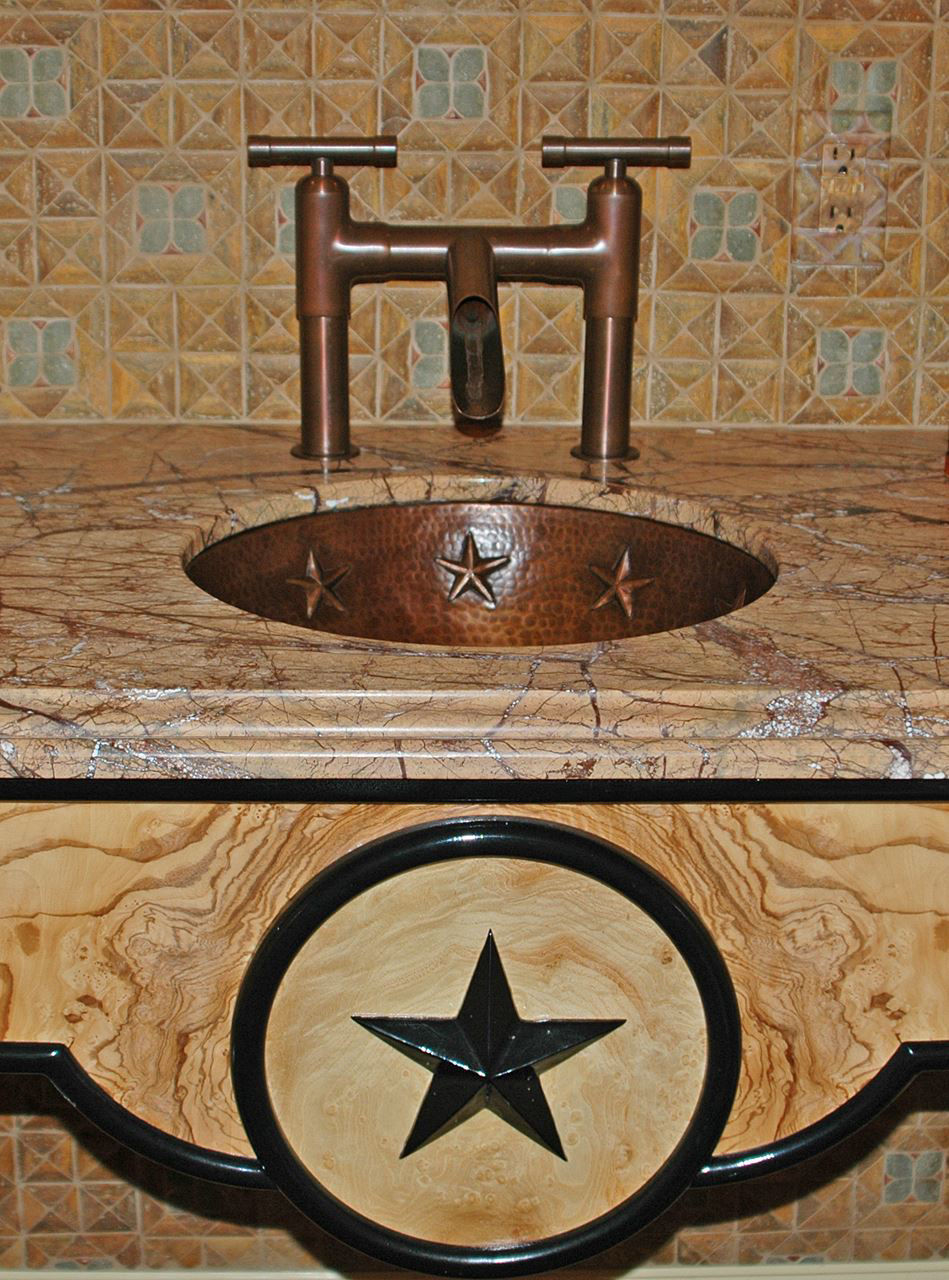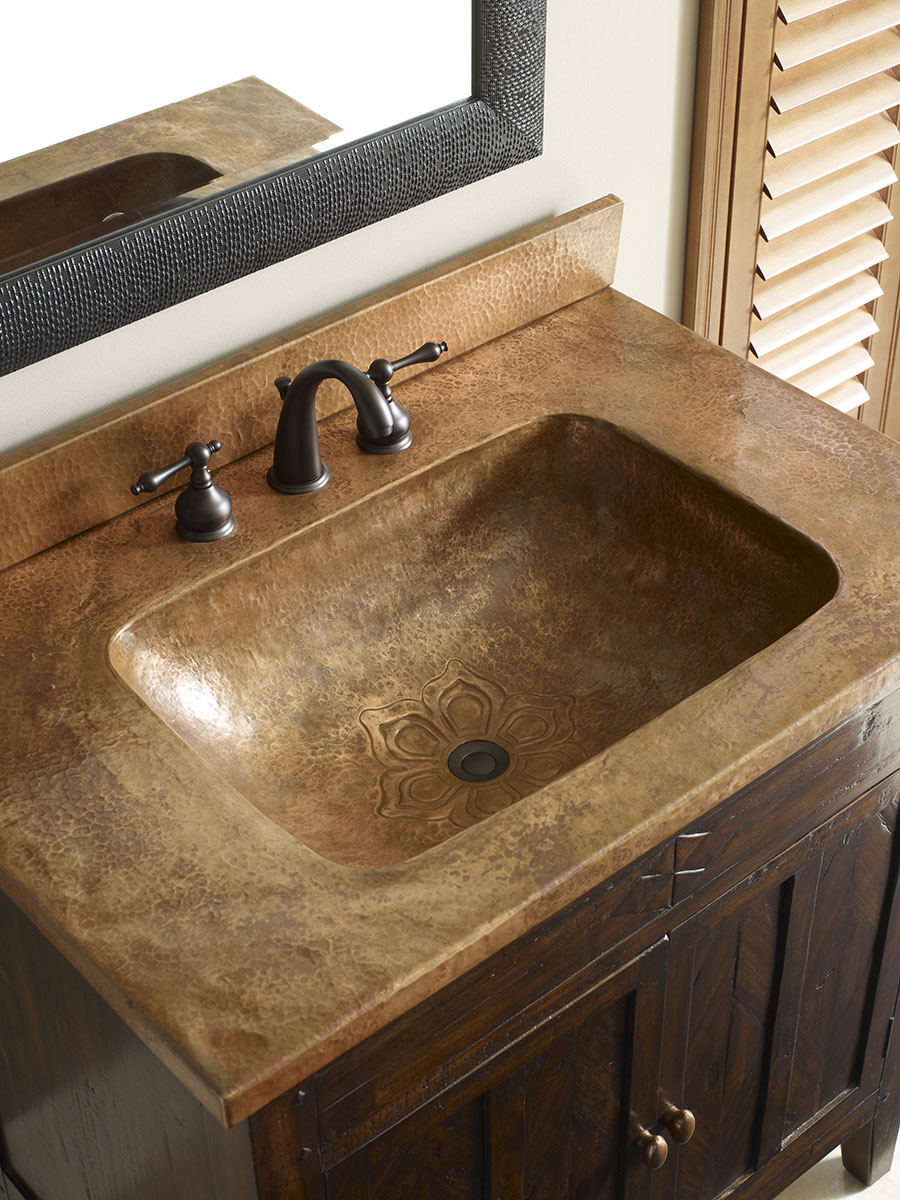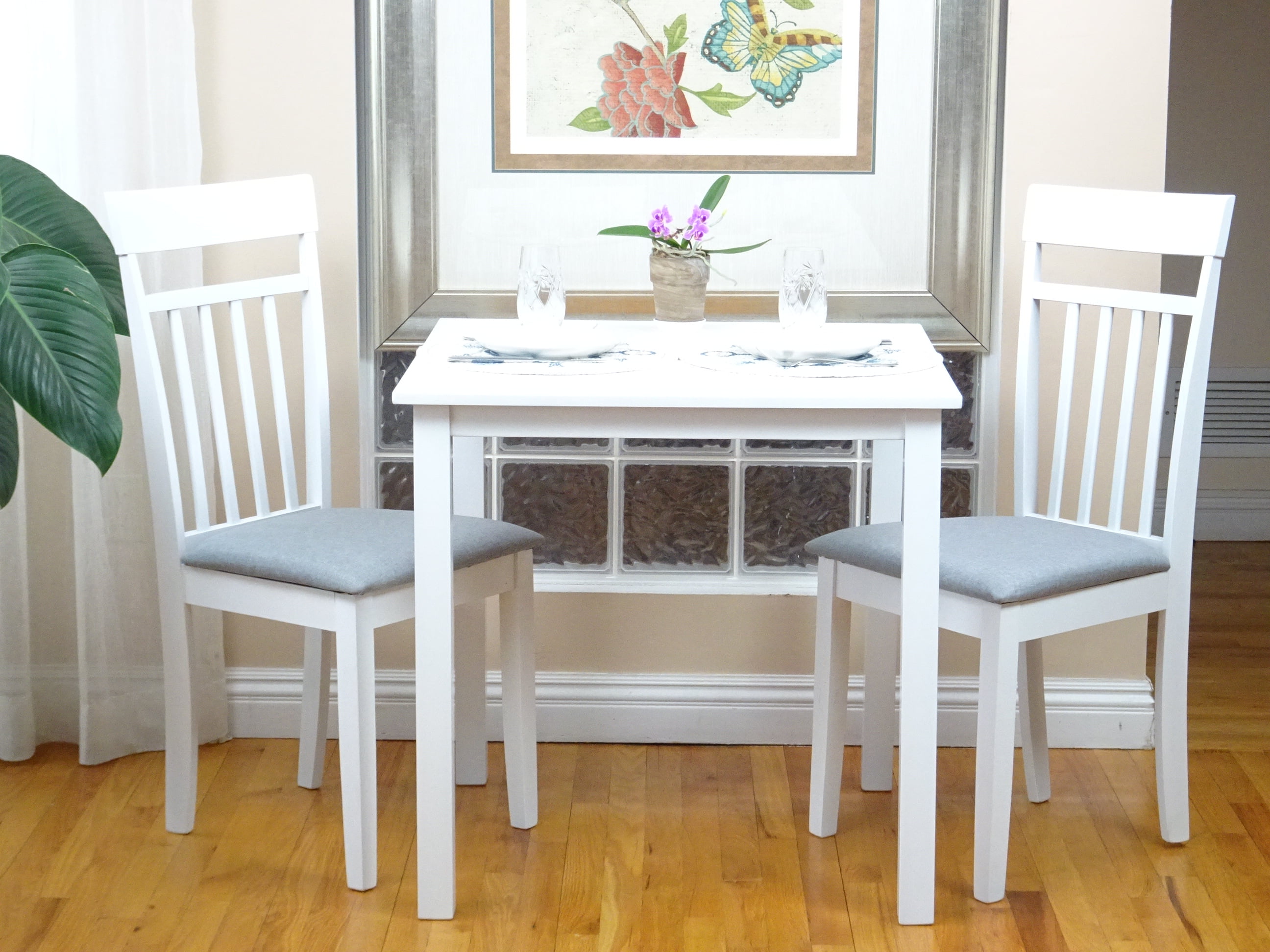A copper bathroom sink is a beautiful and durable addition to any bathroom, but like any other fixture, it can experience issues over time. Understanding the common causes of copper bathroom sink issues can help you prevent them from happening and keep your sink looking and functioning its best. Corrosion: One of the main causes of copper bathroom sink issues is corrosion. Copper is a reactive metal and can easily react with certain chemicals and substances, leading to discoloration, stains, and even holes in the sink. This can be caused by harsh cleaning products, acidic foods and drinks, and even hard water. Scratches and dents: Copper is a relatively soft metal, which means it can be easily scratched or dented. This can happen from dropping heavy objects on the sink or using abrasive materials to clean it. These scratches and dents can not only affect the appearance of the sink but also make it more prone to corrosion and damage over time. Mineral buildup: Another common cause of copper bathroom sink issues is mineral buildup. This can happen when hard water is regularly used in the sink, leaving behind mineral deposits that can cause discoloration, stains, and clogs in the drain. Causes of copper bathroom sink issues
While there are many potential causes of copper bathroom sink issues, some are more common than others. Here are some of the most common problems you may encounter with your copper sink: Discoloration: As mentioned, copper can react with certain substances and chemicals, leading to discoloration. This can appear as a green or blue tint on the surface of the sink, which can be unsightly and difficult to remove. Stains: Stains can also be a common issue with copper bathroom sinks, especially if they are not properly sealed. These stains can come from a variety of sources, such as food, drinks, and cleaning products, and can be difficult to remove without damaging the sink. Leaks: Over time, the joints and connections in a copper bathroom sink can begin to deteriorate, leading to leaks. These leaks can cause water damage to the surrounding areas and make your sink less functional. Common copper bathroom sink issues
If you are experiencing any of the common copper bathroom sink issues mentioned above, there are steps you can take to troubleshoot and resolve them. Here are some tips to help you troubleshoot your copper sink problems: Discoloration and stains: To remove discoloration and stains from your copper sink, you can try using a mixture of lemon juice and salt. Apply the mixture to the affected area and let it sit for a few minutes before rinsing it off. You can also use a specialized copper cleaner for tougher stains. Leaks: If you notice leaks in your copper sink, the first step is to locate the source of the leak. This may require removing the sink from the countertop to inspect the connections. Once you have identified the source, you can repair or replace the affected parts to stop the leak. Mineral buildup: To prevent mineral buildup in your copper sink, you can install a water softener or use a vinegar solution to remove existing buildup. Regularly cleaning your sink with a soft cloth and mild soap can also help prevent mineral deposits. Troubleshooting copper bathroom sink issues
While some copper bathroom sink issues can be resolved with simple troubleshooting, others may require more extensive repairs. If you are not comfortable or experienced in fixing plumbing issues, it is best to hire a professional plumber to handle the repairs. Here are some tips for fixing common copper bathroom sink issues: Corrosion: To fix corrosion in your copper sink, you may need to sand down the affected area and reapply a protective sealant. If the corrosion has caused holes in the sink, you will need to repair or replace the affected part. Scratches and dents: Small scratches and dents can often be buffed out using a mild abrasive cleaner and a soft cloth. However, larger or deeper scratches and dents may require professional repairs. Leaks: Repairing leaks in your copper sink may involve replacing or tightening connections, or even replacing damaged pipes. It is best to consult a plumber for more complex leak repairs. How to fix copper bathroom sink issues
The best way to deal with copper bathroom sink issues is to prevent them from happening in the first place. Here are some tips to help you prevent common issues with your copper sink: Be mindful of what you put in the sink: Avoid using harsh chemicals or items that can scratch or damage the surface of your copper sink. This includes abrasive cleaners, steel wool, and heavy objects. Keep your sink clean: Regularly cleaning your copper sink with a soft cloth and mild soap can help prevent mineral buildup, stains, and other issues. Wipe up any spills or stains immediately to prevent them from setting in. Apply a protective sealant: To prevent corrosion and other damage to your copper sink, it is important to apply a protective sealant. This will help keep your sink looking its best and make it more resistant to stains and scratches. Preventing copper bathroom sink issues
If you are faced with a damaged copper sink, there are some repairs that you can do yourself, and others that are best left to the professionals. Here are some tips for repairing common copper bathroom sink issues: Minor repairs: Small scratches, dents, and stains can often be repaired using DIY methods and household items. However, if you are not confident in your abilities, it is best to consult a professional. Major repairs: More serious issues, such as extensive corrosion or leaks, may require professional repairs. It is important to address these issues promptly to prevent further damage and ensure the longevity of your copper sink. Repairing copper bathroom sink issues
Dealing with copper bathroom sink issues can be frustrating, but with the right knowledge and tools, you can easily troubleshoot and resolve common problems. It is important to regularly maintain and care for your copper sink to prevent issues and keep it looking its best for years to come. Dealing with copper bathroom sink issues
While some copper bathroom sink issues may require professional repairs, there are also solutions that you can implement on your own to keep your sink in top condition. Here are some solutions for common copper bathroom sink issues: Use natural cleaning products: Instead of using harsh chemicals, opt for natural cleaning products to avoid damaging your copper sink. Lemon juice, vinegar, and baking soda are all effective and safe options. Regularly inspect and maintain your sink: Take the time to inspect your copper sink for any signs of damage, leaks, or mineral buildup. This will help you catch and address issues before they become more serious. Invest in a high-quality sink: To prevent future problems, it is important to invest in a high-quality copper sink that is properly sealed and resistant to corrosion. This may cost more upfront, but it will save you money and hassle in the long run. Solutions for copper bathroom sink issues
Finally, to keep your copper sink looking and functioning its best, here are some maintenance tips to follow: Regularly clean your sink: As mentioned, regularly cleaning your copper sink with a soft cloth and mild soap is crucial for preventing issues and maintaining its appearance. Avoid abrasive materials: As a soft metal, copper can easily get scratched and damaged by abrasive materials. Avoid using steel wool, rough sponges, or harsh cleaners on your sink. Reapply sealant as needed: Over time, the protective sealant on your copper sink may wear off. To keep it protected, reapply the sealant every few months or as needed. With these tips and solutions, you can effectively deal with and prevent common copper bathroom sink issues, ensuring your sink remains a beautiful and functional addition to your bathroom for years to come. Maintenance tips for copper bathroom sink issues
The Durability of Copper Bathroom Sinks

Why Choose Copper?
 Copper is a popular choice for bathroom sinks due to its beautiful and unique appearance, as well as its durability. Unlike other materials such as porcelain or glass, copper is a sturdy and long-lasting option for your bathroom sink. However, like any other material, copper sinks also have their own set of issues that homeowners should be aware of.
Copper is a popular choice for bathroom sinks due to its beautiful and unique appearance, as well as its durability. Unlike other materials such as porcelain or glass, copper is a sturdy and long-lasting option for your bathroom sink. However, like any other material, copper sinks also have their own set of issues that homeowners should be aware of.
Discoloration and Patina
 One of the main concerns with copper sinks is their tendency to discolor over time. This is due to the natural oxidation process that occurs when copper is exposed to air and water. While some may see this as a flaw, others appreciate the natural patina that develops on copper sinks, giving them a rustic and aged look. However, if you prefer to maintain the shiny and new appearance of your sink, regular cleaning and polishing can help prevent or remove discoloration.
One of the main concerns with copper sinks is their tendency to discolor over time. This is due to the natural oxidation process that occurs when copper is exposed to air and water. While some may see this as a flaw, others appreciate the natural patina that develops on copper sinks, giving them a rustic and aged look. However, if you prefer to maintain the shiny and new appearance of your sink, regular cleaning and polishing can help prevent or remove discoloration.
Scratches and Dents
 Another issue with copper sinks is their susceptibility to scratches and dents. Due to their soft nature, copper sinks can easily be scratched by sharp objects or dented by heavy items. This is especially important to keep in mind if you have young children or tend to be rough with your sink. However, with proper care and maintenance, these imperfections can add character to your sink and enhance its overall appearance.
Another issue with copper sinks is their susceptibility to scratches and dents. Due to their soft nature, copper sinks can easily be scratched by sharp objects or dented by heavy items. This is especially important to keep in mind if you have young children or tend to be rough with your sink. However, with proper care and maintenance, these imperfections can add character to your sink and enhance its overall appearance.
Water Stains and Mineral Deposits
 Copper sinks are also prone to water stains and mineral deposits, especially in areas with hard water. These can leave unsightly marks on your sink and may be difficult to remove. To prevent this, make sure to wipe down your sink after each use and use a mild cleanser to remove any buildup. You can also install a water softener to prevent mineral deposits from forming.
Copper sinks are also prone to water stains and mineral deposits, especially in areas with hard water. These can leave unsightly marks on your sink and may be difficult to remove. To prevent this, make sure to wipe down your sink after each use and use a mild cleanser to remove any buildup. You can also install a water softener to prevent mineral deposits from forming.
Conclusion
 While copper sinks may have their issues, their durability and unique beauty make them a great choice for any bathroom. With proper care and maintenance, you can enjoy the benefits of a copper sink for many years to come. So don't let these potential issues deter you from choosing this stunning and versatile option for your bathroom.
While copper sinks may have their issues, their durability and unique beauty make them a great choice for any bathroom. With proper care and maintenance, you can enjoy the benefits of a copper sink for many years to come. So don't let these potential issues deter you from choosing this stunning and versatile option for your bathroom.









































